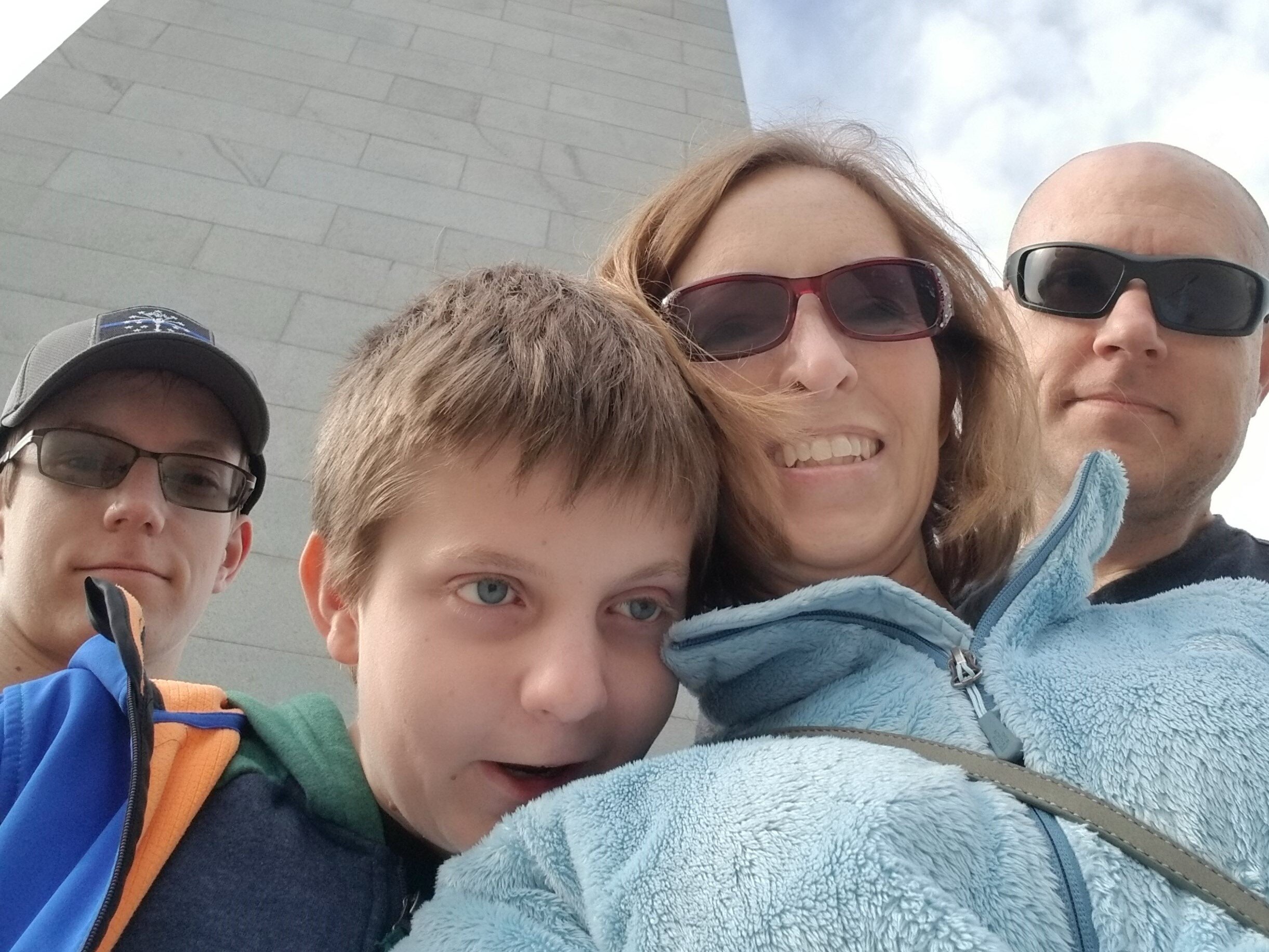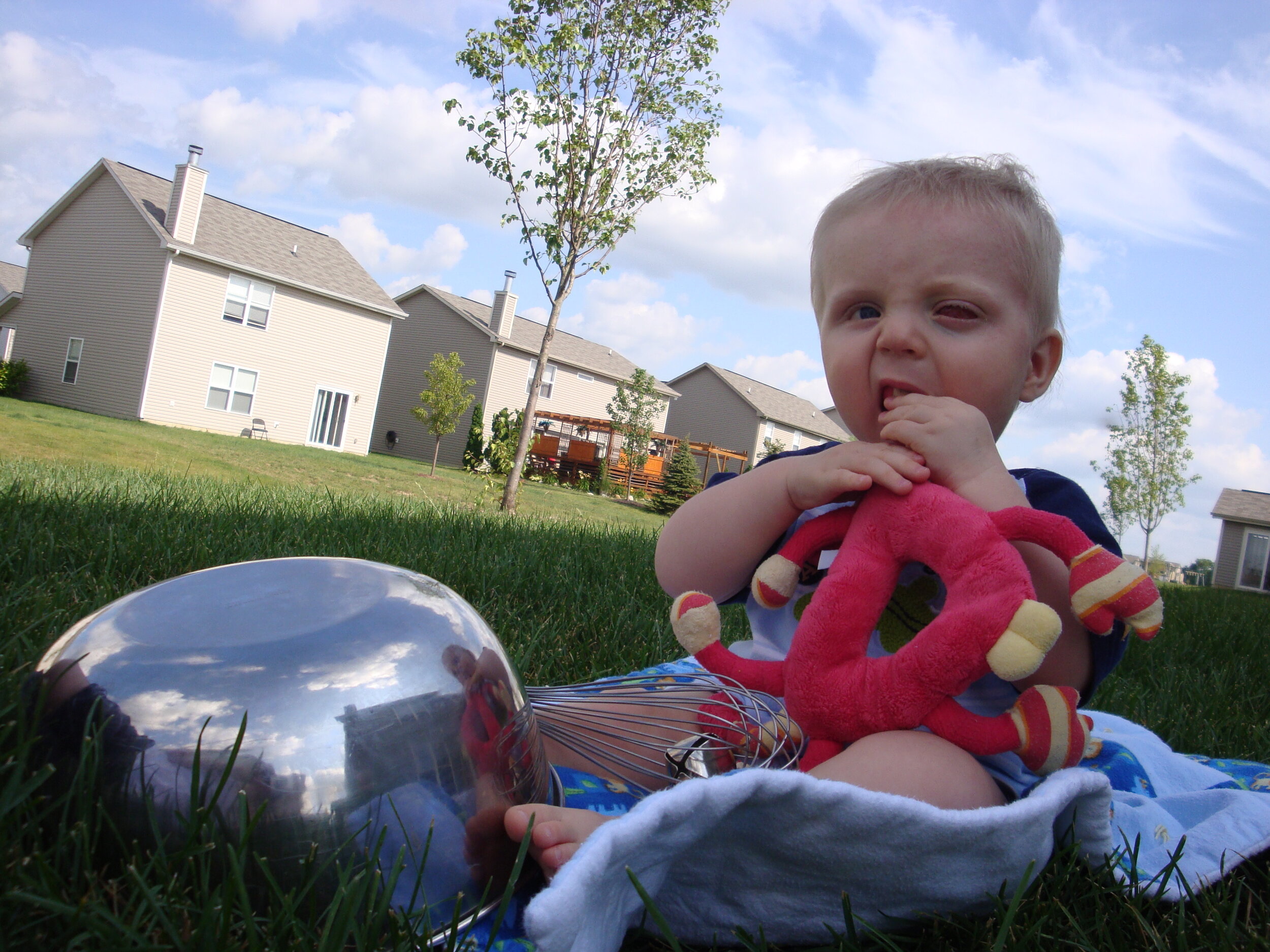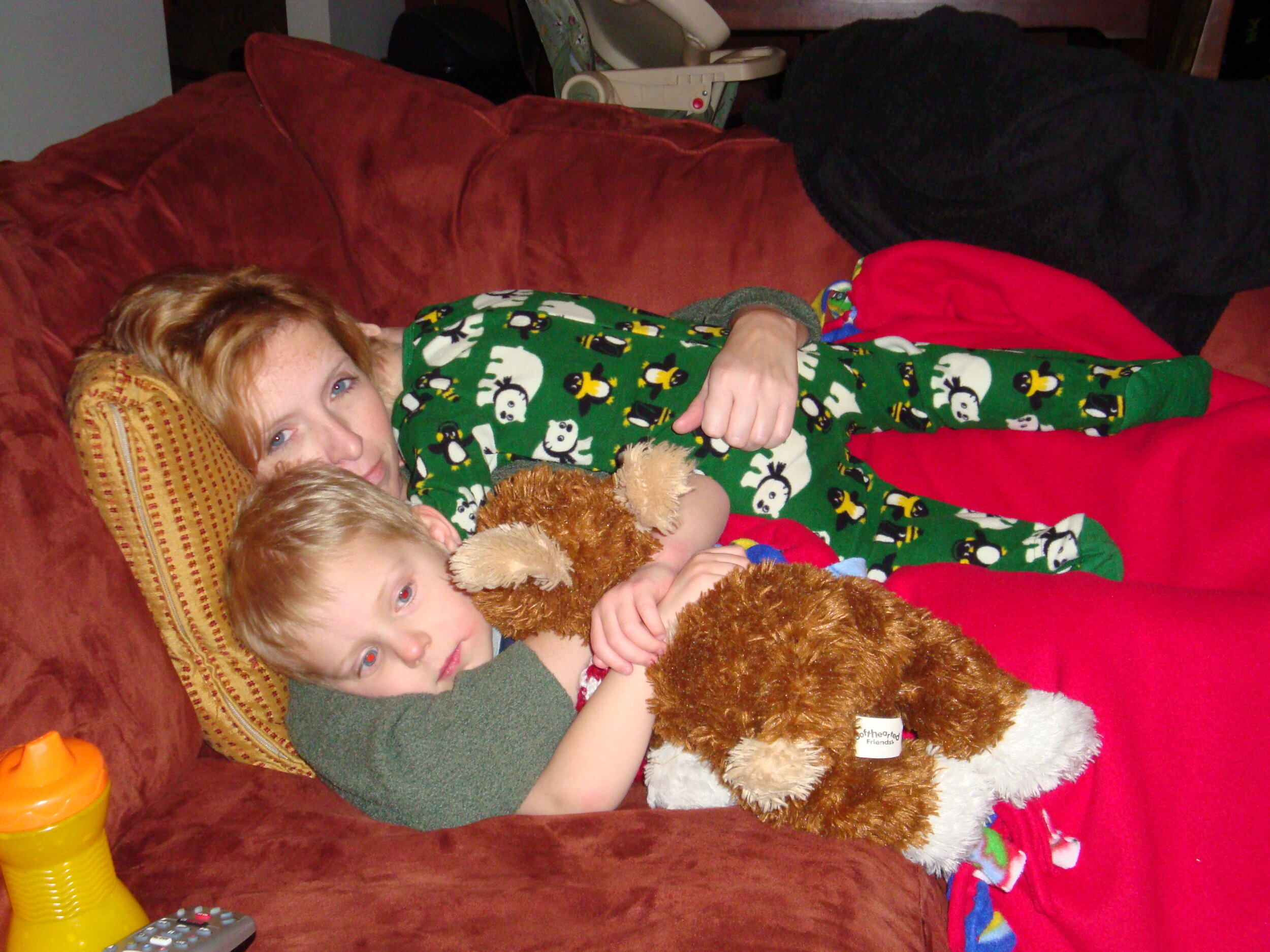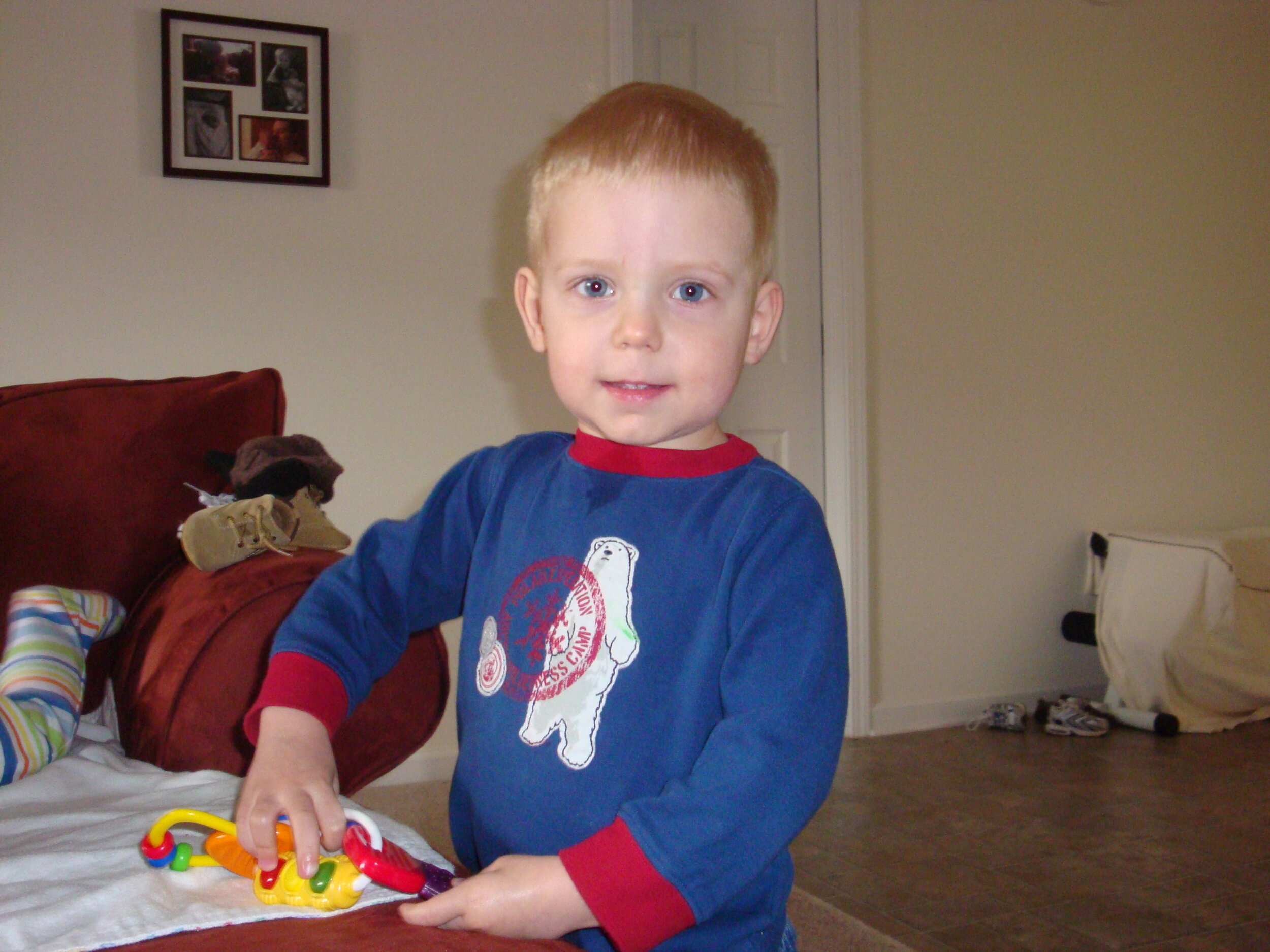How a Social Worker Learned to Stop Talking and Start Listening to Her Kids
By Guest Blogger, Katie Vescelus
When my son Magnus was two-years-old, he face-planted into the sidewalk while running after a school bus and enthusiastically waving at the driver. When he fell, the sunglasses he was wearing sliced into the inner edge of his eyebrow.
Blood gushed from the small cut, and tears poured down his cheeks.
We went into the house, and I put his baby brother in the playpen so I could focus all of my attention on him. I kissed away the tears as I cleaned the blood and dirt off of his face. I asked him if it hurt. He sobbed in reply. I held a cloth on the deep cut until the bleeding slowed enough that I could put some antibiotic ointment and a bandage on it. I winced every time I touched the wound, knowing it stung. We rocked in the rocker, and I told him I was sorry he was hurting.
After a little while, he hopped off of my lap and went to play as if nothing had happened. He still has a scar at the age of 13 that is particularly visible when he scowls or furrows his brow.
As the mother of two middle school aged boys, I have played out similar scenarios dozens of times. Scraped knees. Gashed toes. Splinters. Cuts. Sprains. Ice packs. Bandages. “I’m sorry it hurts, kiddo,” said a thousand times over. I am there for every single wound, and there have been many. I’ve always been good at nursing injuries when they pop up.
I wasn’t always good with the invisible wounds, though.
Parents are quick to recognize and treat a physical injury, but sometimes we miss the subtle signs of emotional pain. I was always much more likely to come running to tend a bloody knee than address a temper tantrum.
A few years ago, I returned to school to earn my master’s degree in social work, and my eyes were opened to the numerous ways children exhibit and cope with stress. I knew immediately I had failed on many occasions to address these wounds, and there were some deep ones.
My younger son, Matthias, is a disabled cancer survivor, and life has not been easy for him or his older brother. Once I forgave myself for my failures (no easy feat, btw), I endeavored to be better at nursing the injuries I couldn’t see.
People begin to heal when they feel heard, and the only way to make someone feel heard is to genuinely listen. But listening to children is incredibly hard.
Kids don’t have the experience to understand the feelings they are experiencing, and they typically don’t have the words to communicate them, either. Big thoughts and emotions need to come out somehow, most often in behaviors, tantrums, play, artwork, or statements that may not make sense to adults.
When Matthias’ eyes were surgically removed to stop the progression of eye cancer, Magnus (almost 3 at the time) said to me, “Momma. Lady bug eye.”
When Matthias’ eyes were removed, clear protective shells were placed in the socket for protection until prosthetics could be produced and fitted. His “eyes” were blood red with no iris or pupil, an aesthetic that alarmed many adults who saw him.
I now know Magnus was trying to communicate that he was making sense of this. At the time, I didn’t realize he was also likely disturbed by what he saw and needed some support. I just smiled and walked away, thinking that was a cute way of seeing his brother.
I heard him, but I wasn’t really listening. I knew he was referring to the missing eyes, but I didn’t realize he was likely reaching out for my help, too. I remember how he shifted his weight and scrubbed his own eyes when he said it, a physical sign of discomfort. I should have taken five minutes to scoop him up and kiss him.
He was too young for an explanation or discussion about feelings, but he was not too young for a hug and some reassurance, just like I had provided months before when he had fallen and injured himself.
Listening is a challenge. The impulse to formulate the perfect response is strong, but it is unhelpful.
Every time I have bandaged an injury, I have simply assisted the natural healing process by providing necessary support. I have applied pressure to stop bleeding, and I have used a cold compress to decrease swelling. I have slathered medicated ointment and covered the wound to prevent infection. I didn’t explain the physiological process behind these actions to my young children, but I let them know it would help them.
Supporting my kids through difficult times is the same.
They don’t need the perfect response or a lengthy explanation of complex feelings. They need a safe place to explore their thoughts and feelings about life’s complications.
They need to know I will not judge them or try to fix them.
I can give them the attention they need to foster the process of healing. I can help them develop tools to cope with difficult issues by recognizing their strengths and trusting their instincts.
I can keep in mind that my kids do not necessarily share my skills. I can remember that healing takes time, and I need to check on them here and there to make sure healing continues.
Lastly, I can acknowledge that there are some wounds that may need professional assistance.
All of this begins when I sit down, stop talking, and take a moment to listen to them. This, more than any other skill I learned in my master’s program, has changed my family for the better.







